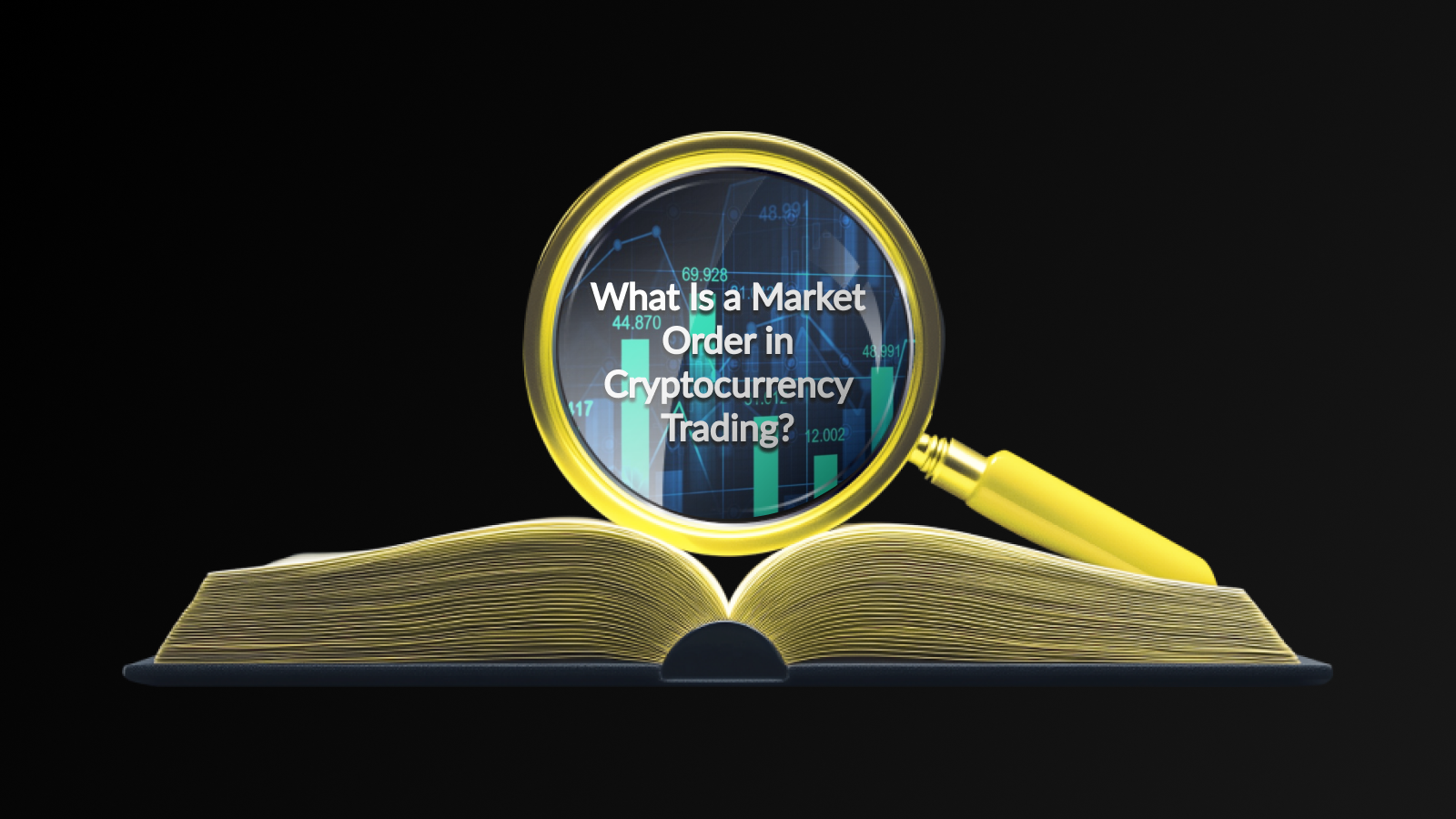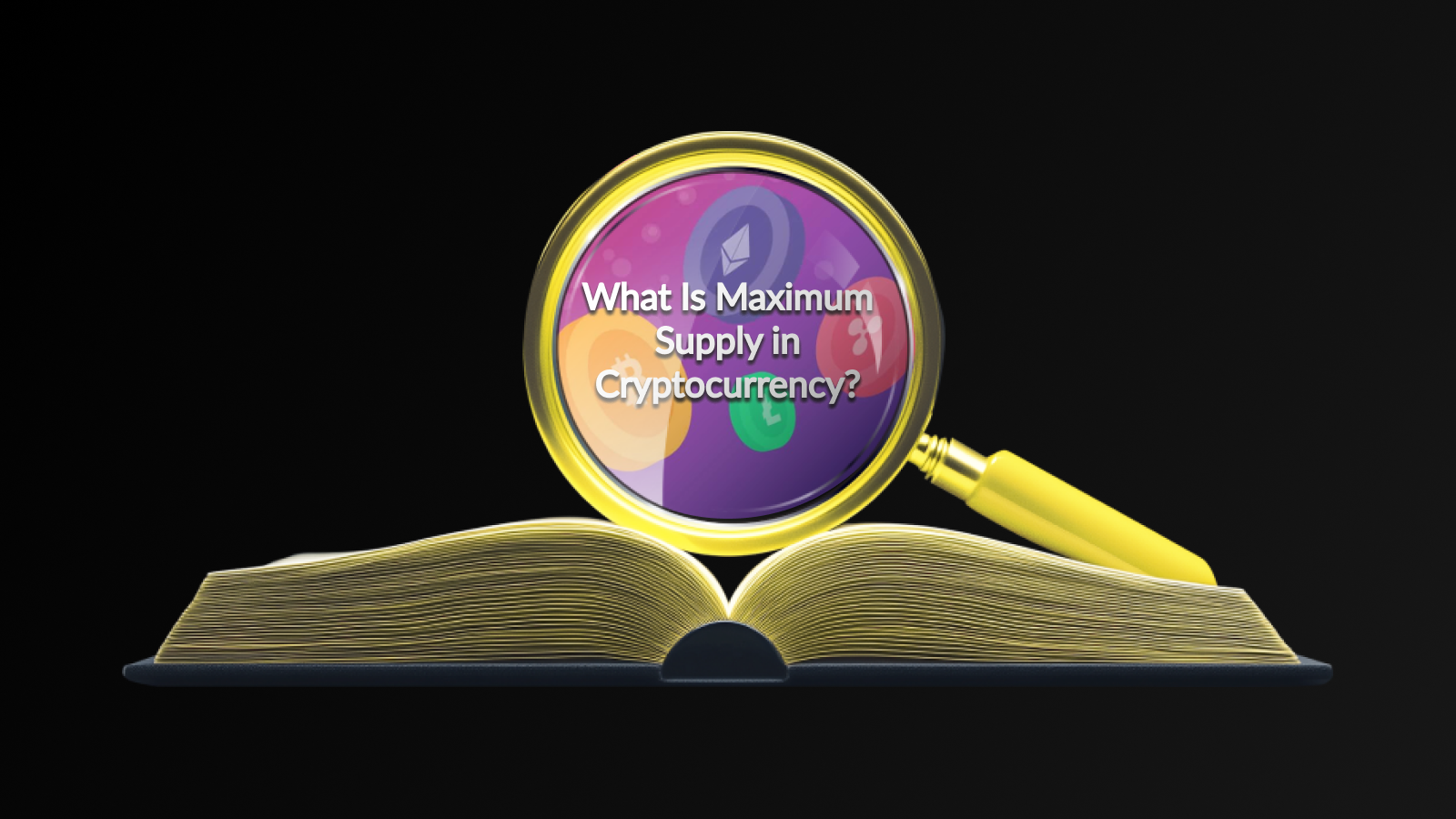Introduction
Explore the essentials of market momentum, including influencing factors, measurement techniques, and effective trading strategies to enhance your trading success.
Understanding cryptocurrency market momentum is essential for traders and investors aiming to capitalize on the price movements in the crypto sphere. Market momentum reflects the tendency of an asset’s price to persist in a particular direction—upward or downward—over a given period. This concept plays a crucial role in identifying trends and making informed decisions.
The dynamics of the cryptocurrency market are influenced by various factors, including investor sentiment, market news, and regulatory developments. A surge in positive sentiment or news can create upward momentum, leading to rapid price increases. Conversely, negative news or fear can result in downward momentum, causing prices to fall swiftly.
Recognizing market momentum is also integral to developing effective crypto trading strategies. Traders often rely on momentum indicators to determine entry and exit points, making use of data that highlights the speed at which price changes occur. As the market evolves, continuous monitoring of momentum can provide insights into potential trading opportunities.
Understanding and applying the principles of market momentum can aid traders in navigating the volatile cryptocurrency landscape, enhancing their chances of success by aligning their strategies with prevailing market trends.
Factors Influencing Market Momentum
Several factors contribute to the dynamics of cryptocurrency market momentum. One of the most significant factors is market sentiment, which is shaped by news, social media presence, and overall investor confidence. Positive news about a particular cryptocurrency or the market in general can drive purchasing behavior, enhancing upward momentum, while negative news can lead to swift sell-offs.
Another critical factor is trading volume. A surge in trading volume often indicates stronger market momentum and can be a telltale sign of potential price movements. Traders watch for these trends when analyzing charts and deciding when to enter or exit positions.
Market regulations and institutional investments also play a vital role. As more institutions include cryptocurrencies in their portfolios, the legitimacy and stability of the market improve, often leading to increased investor interest. This influx can create robust momentum as more positions are taken.
Technological advancements and updates to blockchain networks can influence market momentum. Improvements that enhance usability, scalability, or security tend to generate positive interest and can lead to price surges. Such factors are essential for traders employing crypto trading strategies, as they can significantly affect overall trends in the market.
Measuring Market Momentum
Understanding how to measure cryptocurrency market momentum is essential for traders looking to capitalize on market movements. Various tools and indicators can help you assess the strength and direction of trends in the crypto market.
One of the most common methods for measuring momentum is through the use of indicators. Here are several widely used indicators:
- Relative Strength Index (RSI): This momentum oscillator ranges from 0 to 100 and is used to identify overbought or oversold conditions in a market.
- Moving Average Convergence Divergence (MACD): This trend-following momentum indicator shows the relationship between two moving averages of a security’s price.
- Average Directional Index (ADX): This indicator helps traders identify the strength of a trend, regardless of its direction.
- Bollinger Bands: These bands help determine whether prices are high or low on a relative basis, considering volatility.
In addition to these indicators, analyzing price action and volume can provide valuable insights into crypto trading strategies. A rising price accompanied by increasing volume suggests strong momentum, while a price increase with diminishing volume may indicate a weak trend that could reverse.
Moreover, traders often look for patterns in historical price data, as these can provide context for understanding current market momentum. Tools like candlestick charts allow traders to visualize price movements and identify trends effectively.
By combining these various measures, traders can develop informed strategies that align with cryptocurrency market momentum, allowing them to make more confident trading decisions and improve their chances of success.
Strategies for Trading Based on Market Momentum
When it comes to capitalizing on crypto trading strategies regarding cryptocurrency market momentum, traders must adopt a systematic approach that allows them to respond to changing market conditions effectively. Here are some popular strategies that can help leverage the dynamics of market momentum:
1. Trend Following: This strategy involves identifying the direction of a market trend and entering positions that align with that trend. By analyzing price movements and utilizing indicators such as Moving Averages, traders can capitalize on upward or downward trends in the cryptocurrency market. It’s essential to use stop-loss orders to mitigate risks when trends reverse.
2. Breakout Trading: Breakout trading focuses on entering positions at critical price levels where the market is believed to break out of a consolidation period. Traders look for high-volume breakouts from established support or resistance levels, using momentum indicators to confirm that the trend will continue. This strategy can yield significant gains if executed effectively, especially during periods of high volatility.
3. Momentum Indicators: Utilizing momentum indicators such as the Relative Strength Index (RSI) or the Moving Average Convergence Divergence (MACD) can provide valuable insights into market conditions. These tools help traders identify overbought or oversold conditions, aiding in decision-making for entry and exit points. When momentum indicators suggest a strong movement in one direction, traders can take positions accordingly.
4. Volume Analysis: Monitoring trading volume is crucial for understanding market momentum. A price increase accompanied by rising volume often indicates a strong bullish momentum, while a price increase on declining volume may signal a potential reversal. Therefore, integrating volume analysis into your trading strategy can enhance decision-making and improve the effectiveness of trades.
5. Diversification and Risk Management: Effective risk management should always accompany momentum trading strategies. Diversifying investments across different cryptocurrencies can help mitigate risks associated with market volatility. Setting appropriate position sizes and stop-loss levels is critical to protect your capital while capturing potential profits from market momentum.
By combining these strategies with a comprehensive understanding of crypto trading strategies and diligent analysis of cryptocurrency market momentum, traders can position themselves to make informed trading decisions that enhance their chances of success in the ever-evolving digital asset landscape.
Disclaimer
This article is for informational purposes only and does not constitute financial advice. Cryptocurrency investments carry inherent risks due to market volatility. It is essential to conduct thorough research and consult with a qualified financial advisor before making any investment decisions.
Click for more education articles.





